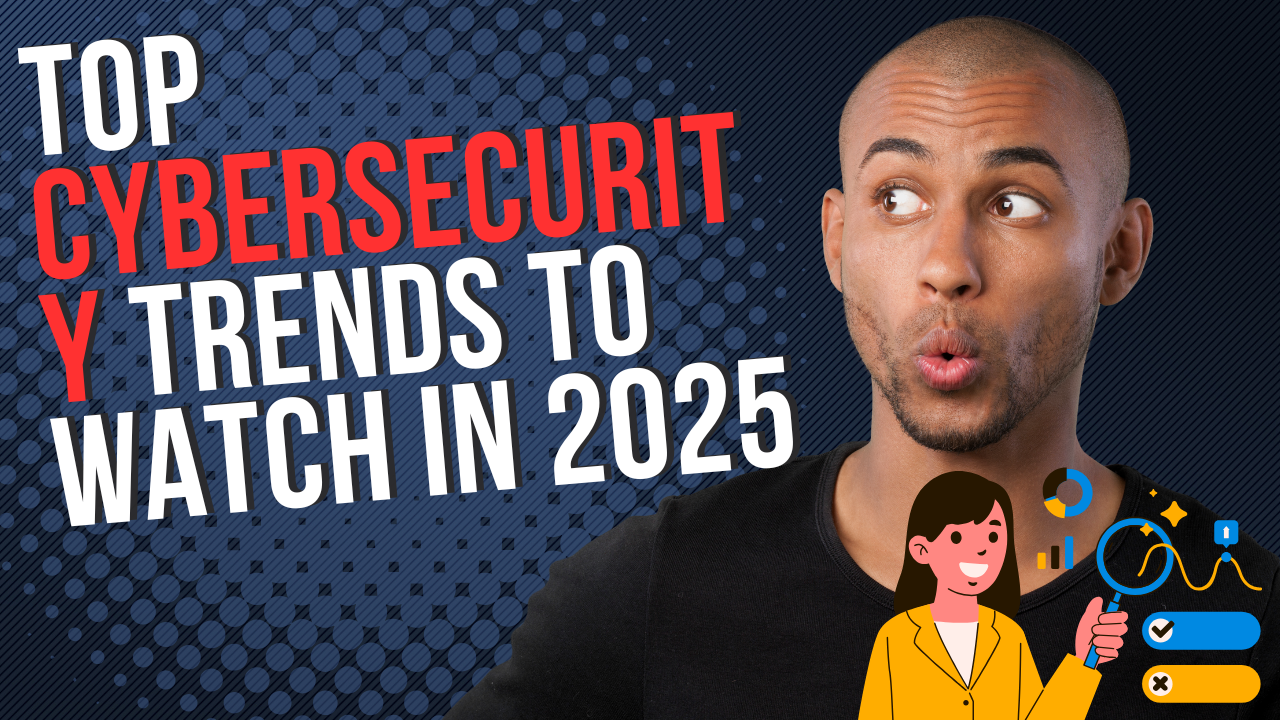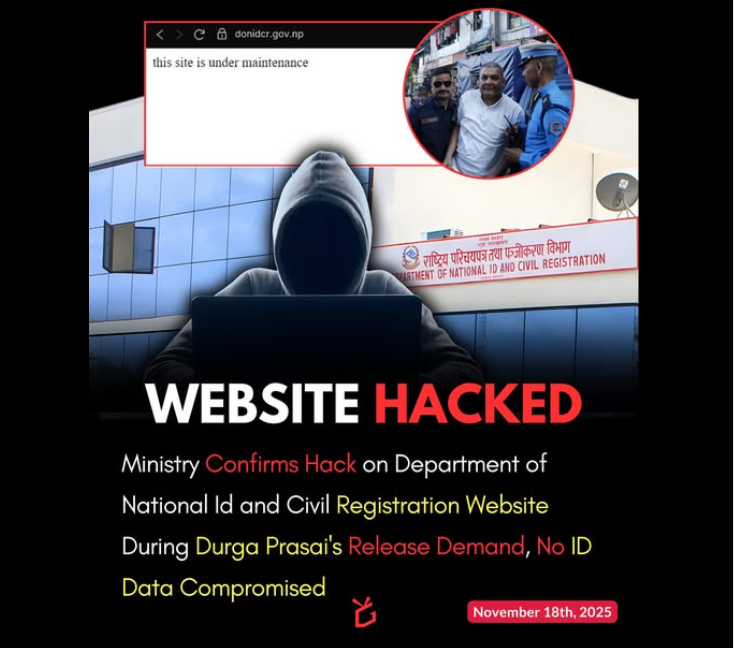
The digital landscape is in a constant state of flux, and as we move through 2025, the world of cybersecurity is evolving at a breakneck pace. For businesses and individuals in Nepal, staying ahead of emerging threats is no longer just an IT concern it’s a fundamental necessity for survival in the digital age. Here are the top cybersecurity trends that are defining the year and what they mean for us.
The AI Arms Race: Offensive vs. Defensive AI
Artificial intelligence is the year’s biggest game-changer, acting as both a formidable weapon and a powerful shield. Cybercriminals are now using Offensive AI to automate and personalize phishing attacks on a massive scale, create adaptive malware that can change its code to avoid detection, and even generate deepfake videos or voice notes for sophisticated social engineering scams. On the other side, Defensive AI is becoming crucial for security teams. AI-powered systems can now analyze network traffic to detect anomalies, predict potential threats before they materialize, and automate incident response, allowing for faster containment of breaches.
The Rise of Quantum-Resistant Cryptography (QRC)
While a quantum computer capable of breaking today’s encryption standards is still on the horizon, the “harvest now, decrypt later” threat is very real. Malicious actors are already stealing encrypted data today with the expectation that they can decrypt it in the future with quantum computing. In response, 2025 is seeing a major push towards developing and standardizing quantum-resistant cryptography. Businesses in Nepal, especially in the finance and government sectors, must start planning their transition to these new cryptographic standards to ensure long-term data security.
Hyper-Personalized Phishing and Deepfakes
Gone are the days of poorly written scam emails. With AI, attackers can now craft highly convincing, context-aware messages that are almost indistinguishable from legitimate communications. This trend extends to deepfake technology, where a person’s likeness and voice can be convincingly mimicked. This is no longer science fiction; it’s a real threat being used for corporate fraud (e.g., faking a CEO’s voice to authorize a wire transfer) and spreading misinformation. The new rule of thumb is to verify any unusual or urgent request through a separate, secure communication channel.
Securing the Blurring Perimeter: IoT and Remote Work
The traditional office “perimeter” is a thing of the past. With the rise of remote work and the explosion of Internet of Things (IoT) devices in our homes and cities, the attack surface has expanded exponentially. Every smart home device, every employee’s home Wi-Fi network, is a potential entry point for attackers. In 2025, the focus is shifting towards Zero Trust Architecture, a security model that assumes no user or device is inherently trustworthy and requires strict verification for every access request.
Conclusion: The cybersecurity challenges of 2025 are complex, but not insurmountable. For Nepal, the path forward requires a proactive approach investing in AI-driven defenses, educating the public about sophisticated scams, and adopting modern security frameworks. Vigilance is our strongest defense.




